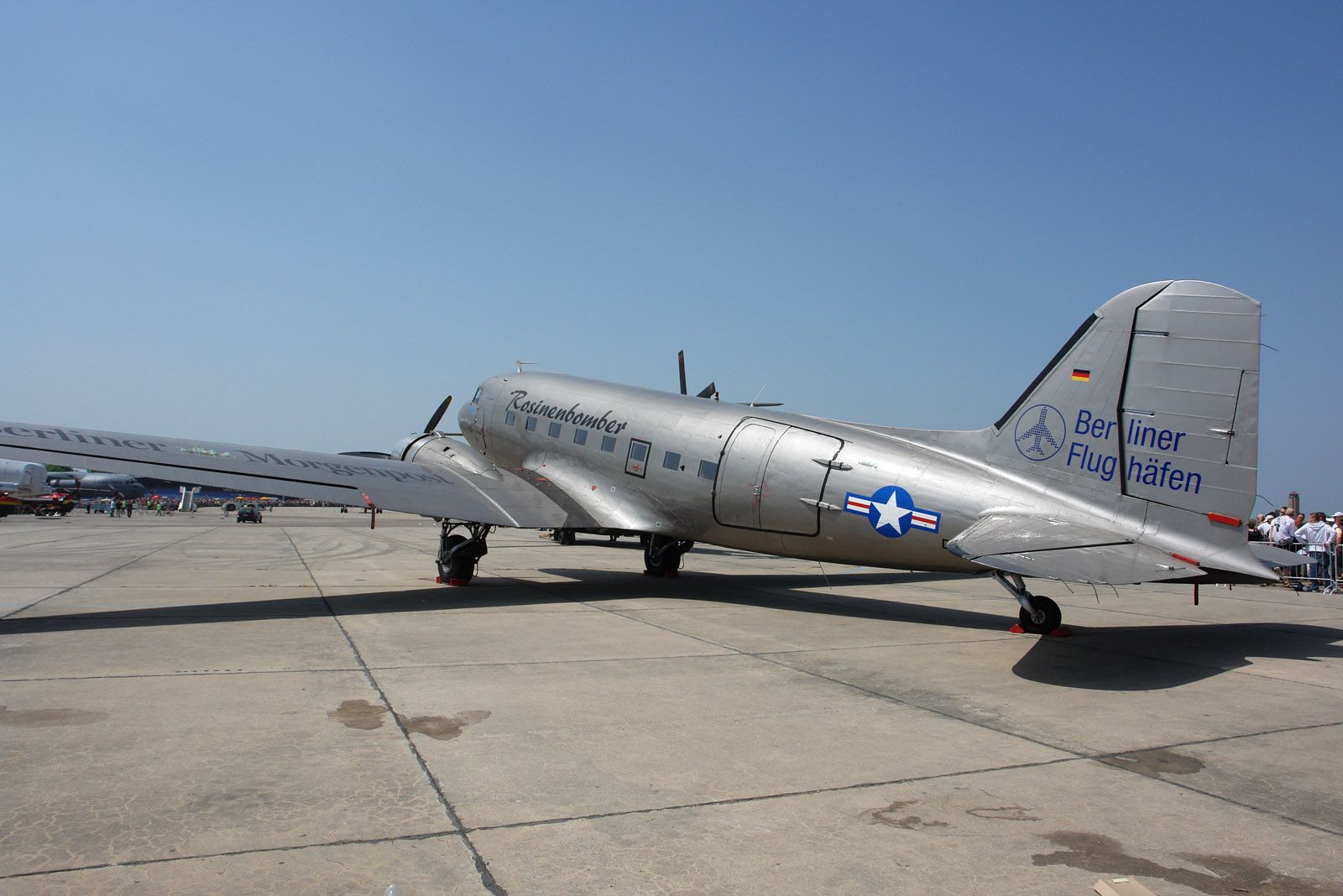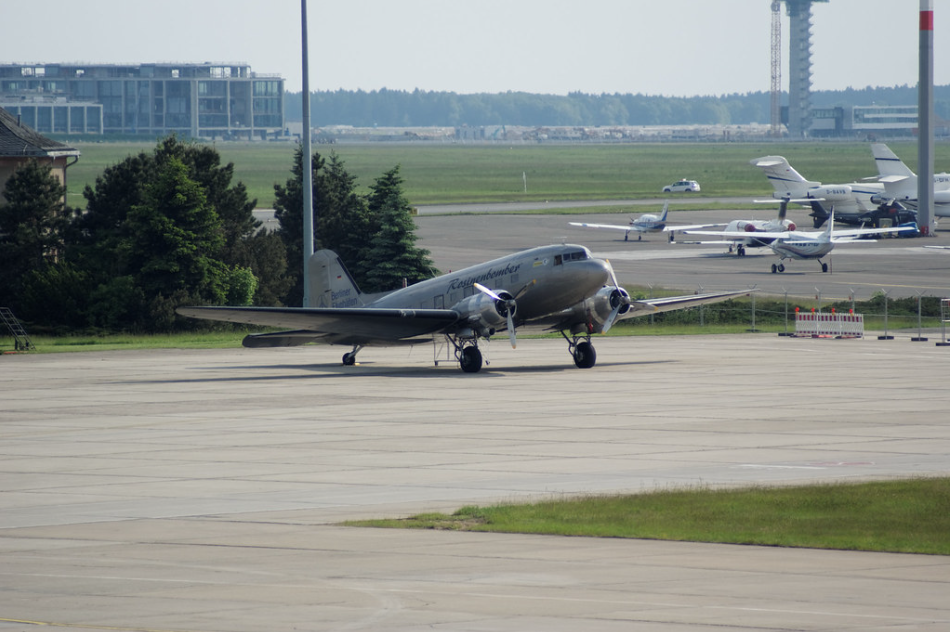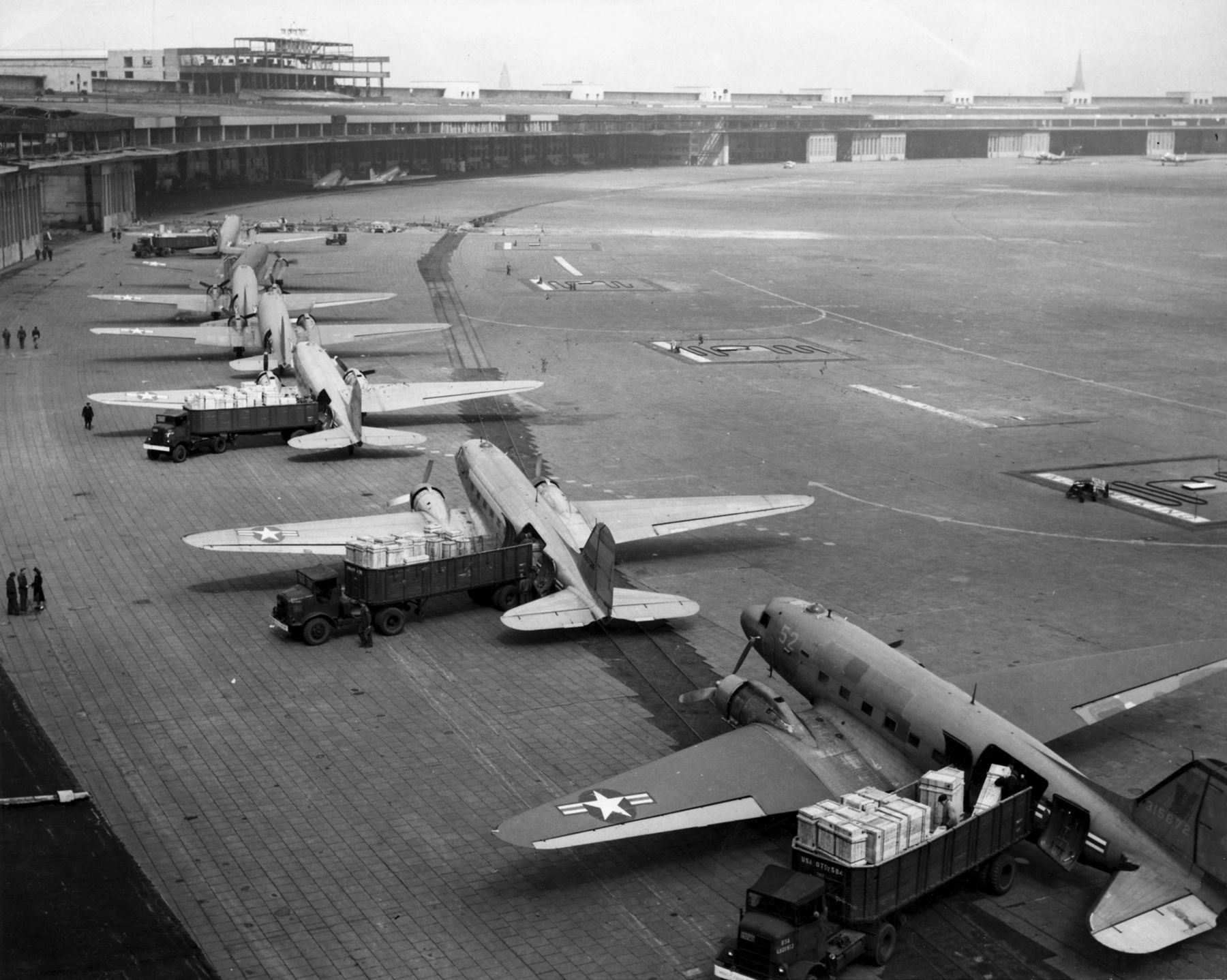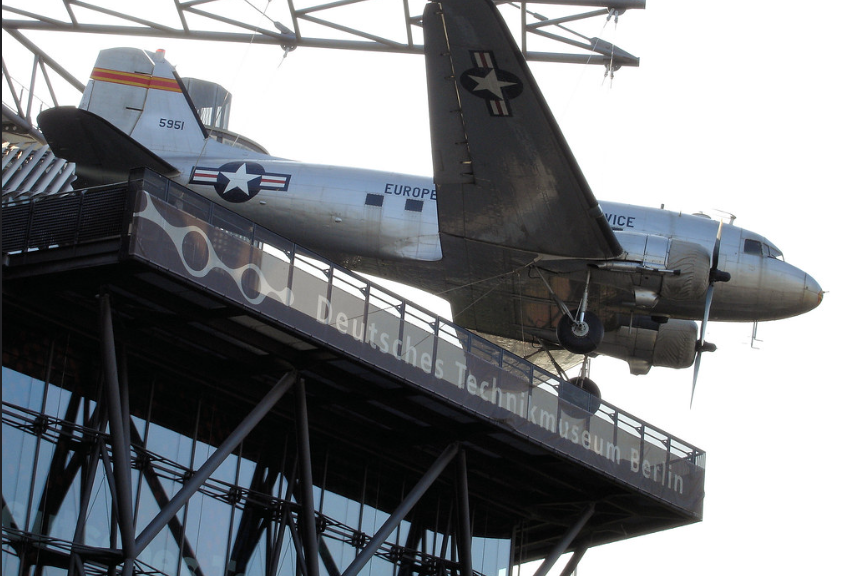Some airlines have chosen to take a step back in time and offer passengers a flight in historic aircraft. At times, these aircraft have been part of the carrier’s fleet or perhaps played a key role in military aviation. The latter applies to Air Service Berlin which offered sightseeing flights in a C-47 transport around Berlin’s skies. Unfortunately, one such flight in 2010 resulted in a crash. Fortunately, no one was killed and a mission to repair the historic aircraft was undertaken.
Air Service Berlin offers a flight back in time
Air Service Berlin has been offering aerial sightseeing tours for several years. The company uses helicopters, fixed-wing aircraft and even a tethered helium balloon to provide tourists a birds-eye view of Berlin. In 2021, the company operated 35-minute sightseeing flights using a C-47, an airplane with a historic past. On the "Berlin City" tour, the aircraft flew over the Reichstag, Brandenburg Gate, the TV tower, and Checkpoint Charlie.
The mighty C-47
The Douglas C-47 Skytrain or Dakota is a military transport aircraft developed from the civilian Douglas DC-3 airliner. While it shares many similarities with its civilian counterpart, the C-47 featured many modifications, including a large cargo door, hoist attachment and cabin floor with extra structural elements to provide additional strengthening for heavy cargo loads and many troops.
In 2000, the city of Berlin purchased a C-47 registered as D-CXXX, serial number 16124/32872 which later flew Air Service Berlin flights. Nicknamed “Rosinenbomber” (English for ‘Raisin bomber’), this well-preserved transport was built in 1944 and was powered by two Pratt & Whitney R-1830-92 engines.
The Raisin Bomber name comes from a time when C-47’s were briefly used to aerial drop coal, fuel and food supplies (including dry fruit) to civilians in Berlin. Eventually, the Sky Trains were replaced by C-54 Skymasters but the C-47’s nickname remained. Air Service Berlin's C-47 flew in the 1948–49 Berlin Airlift and then later was one of the last two aircraft to take off from Berlin Tempelhof Airport (one of the Airlift airports) when it was closed in 2008.
An unintended landing
On 19 June 2010, Air Service Berlin’s C-47 departed Berlin Schoenefeld's runway 25 for a typical sightseeing flight. There were 28 occupants onboard, with 2 passengers and three crew members comprising the total load. After rotation and initial climb out at a height of about 200-300 feet, the pilots heard a series of bangs emanating from the left engine followed by a momentary loss of power. At this time, the captain decided to take control of the aircraft.
A short time later the crew noticed a jolt, followed a substantial loss of power on the left engine. The airspeed fell sharply and the Rosinenbomber entered a steep descent with strong tendency to roll left. The captain shut that engine down and both pilots selected a grassy field as an emergency landing area. The airplane touched down with the tail wheel about 2130 feet west of the threshold of runway 07 and south of the runway centerline. The airplane ran across a paved access road, collided with a metal fence, and came to a stop after skidding approximately 300 feet on its belly.
The C-47 sustained damage in several areas, including its right wing, which detached from the fuselage. Both engines were considerably damaged and the fuselage fractured. The empennage also received substantial damage. As for the occupants, 3 crew and 4 passengers received minor injuries
A mission of restoration
Because of the historic value of the Rosinenbomber, immediate discussions focused on how to restore the aircraft. Ironically, that C-47 had gone through a previous restoration when the Berlin city government purchased it in 2000. Regardless of the challenges ahead, this battle-hardy airplane had seen much worse and would be destined to fly again.




